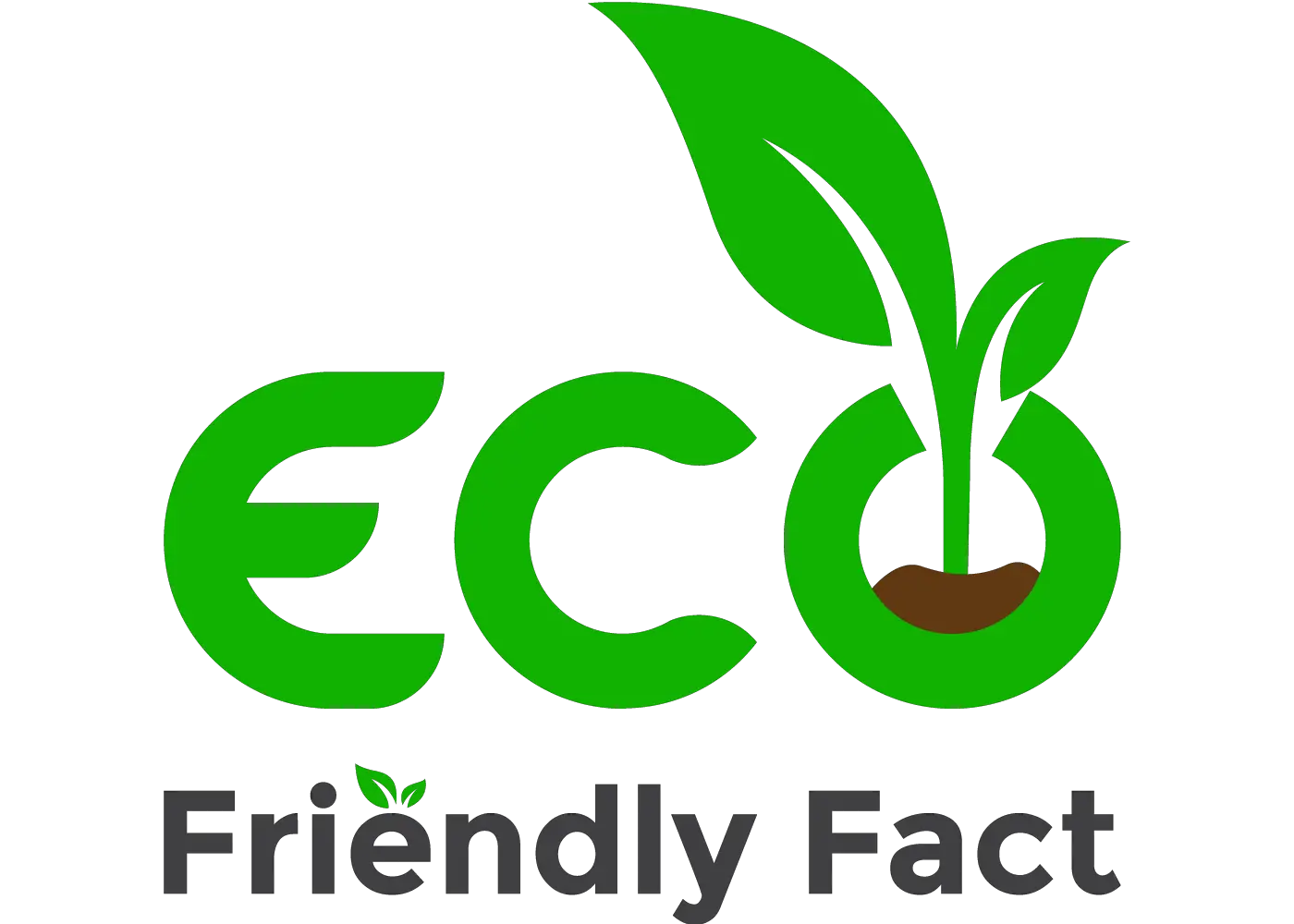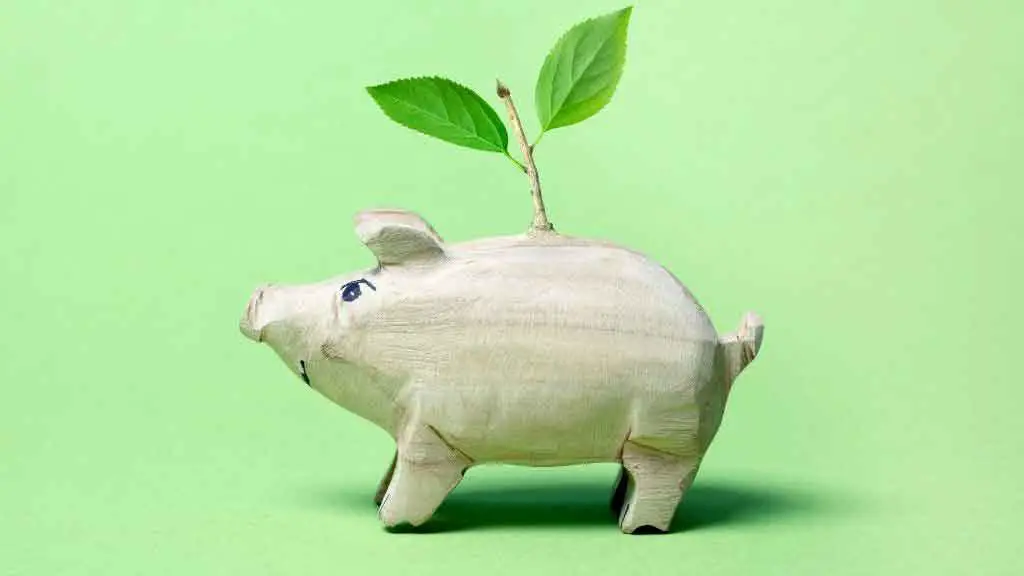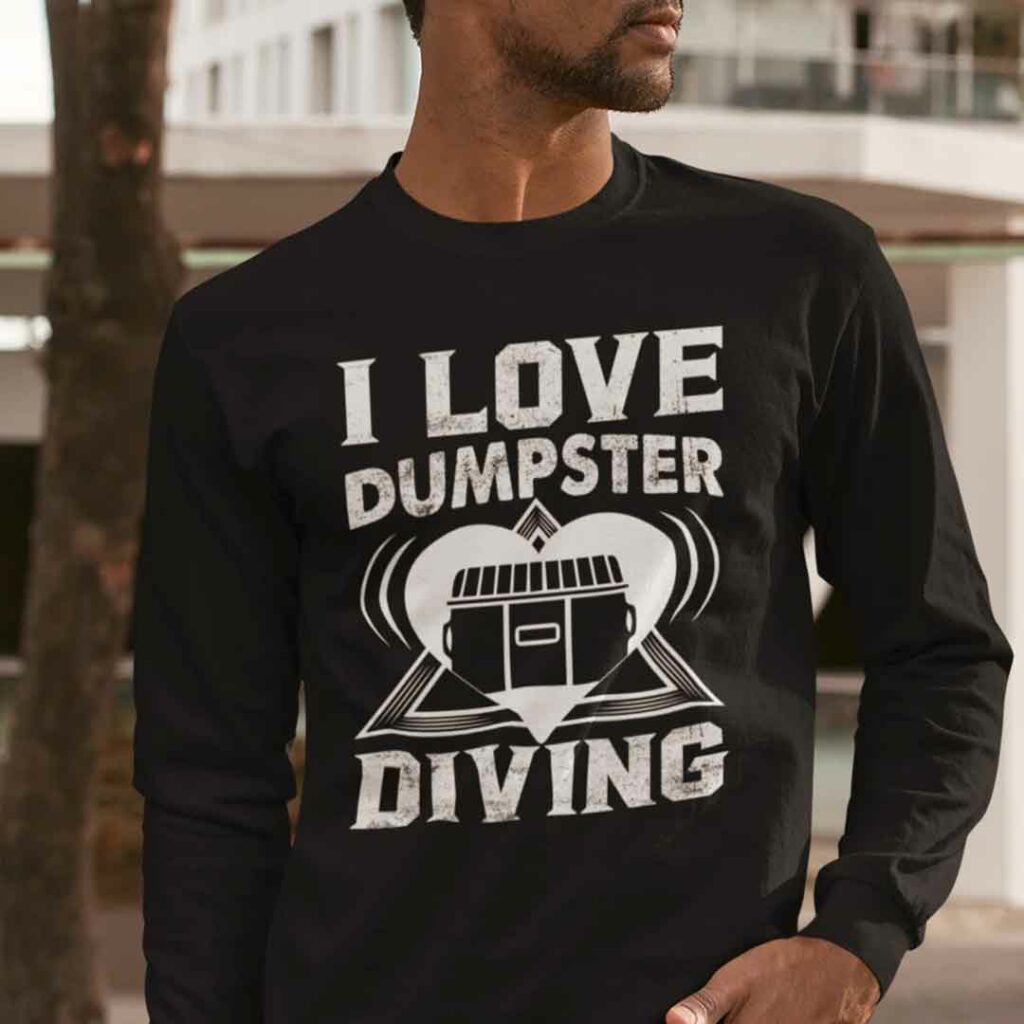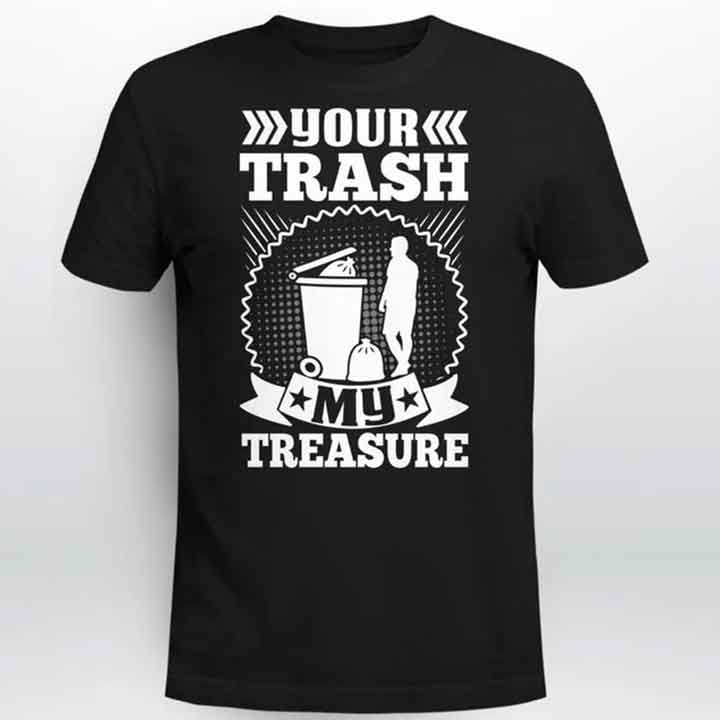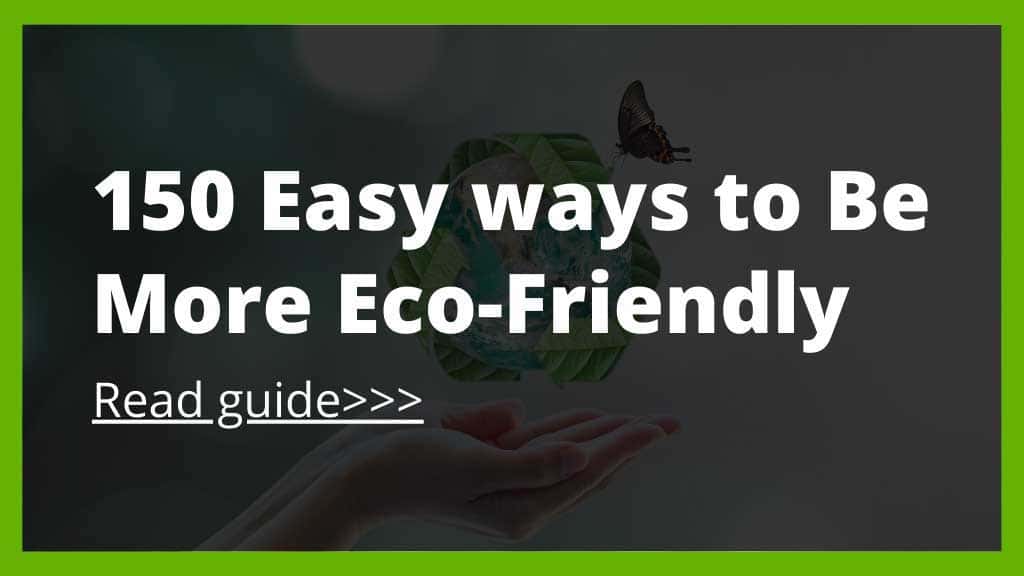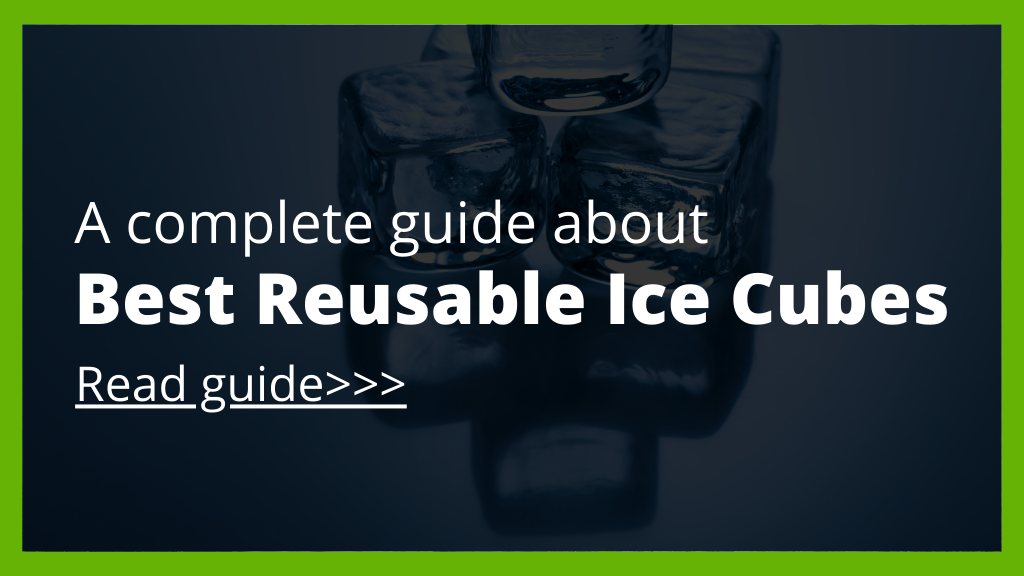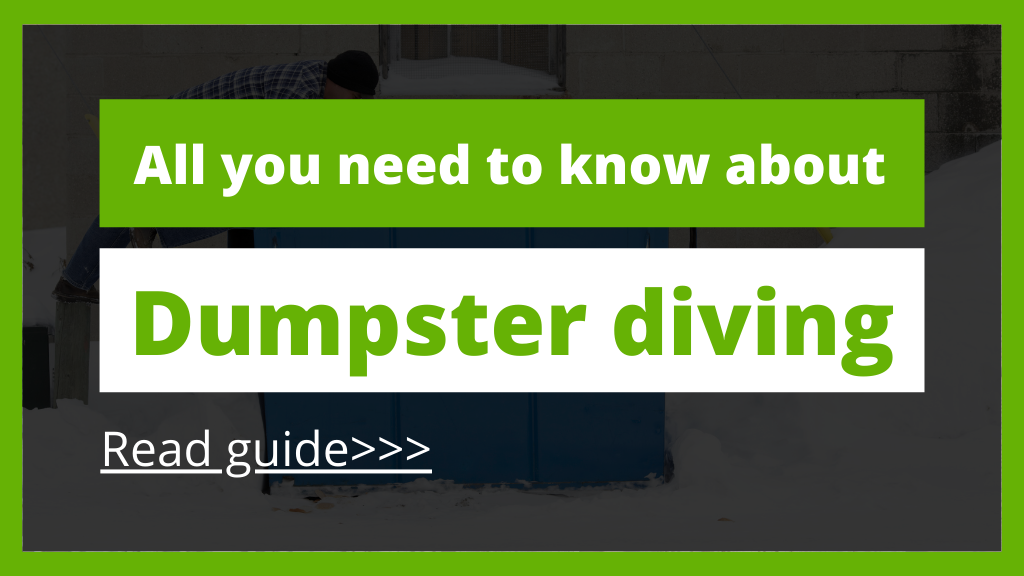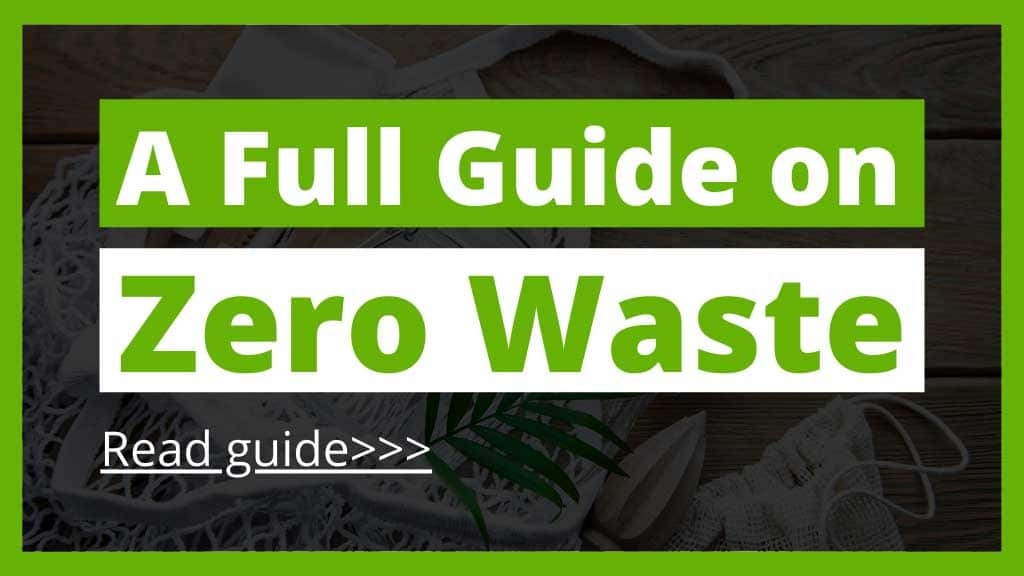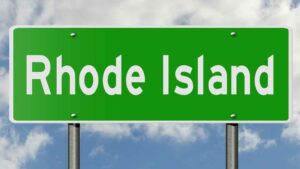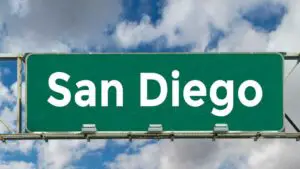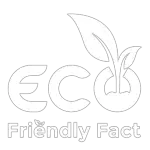A guide to know everything about Sustainable fishing
Fishing is a vast occupation, and several industries are involved in the transportation, catching, culturing, and preserving of fish. While fishing itself is not dangerous, though what is, is how these industries do fishing. For example, fishing companies sometimes do a lot of fishing in a season, referred to as overfishing, which is unsustainable. So, lets move on to the details of which of the following best defines sustainable fishing practices.
Overfishing harms our marine ecosystem as the overall population of the fish significantly decreases. Moreover, when we disturb the biota of our marine system, our lives are also fragmented.
In addition, other unsustainable fishing practices also cause several inconveniences, such as a shortage of fish for the future generation and more. Now you may be wondering out of so many unsustainable practices, which of the following best defines sustainable fishing practices.
What is sustainable fishing?
As specified earlier, how unsustainable fishing practices can cause different problems. All these problems can be reduced drastically by complying with sustainable fishing practices. For those that do not know about sustainable fishing, let us tell you.
Sustainable fishing refers to following those fishing methods that do not harm the environment and marine life. Most importantly, sustainable fishing means meeting society’s fish demands without compromising the exact needs of the next generation.
In simpler words, sustainable fishing means catching less fish or catching it in a maintained way so that fish can thrive, their population does not decline over time, so the biodiversity can continue to grow.
What is the most sustainable way of fishing?
Although there are numerous sustainable fishing practices, the best and the most convenient way is the hook and line fishing method. In hook and line fishing, fishing is done through a single line and a couple of C-shaped hooks instead of J hooks. C-shaped hooks are easy to take out compared to j-hook.
Moreover, the j-hooks are a bit sharp. Hence, they are damaging to bycatches. The line isn’t much extendable; thus, the line is closely watched by the fisherman. So, if there’s any bycatch, it can be perfectly seen by a fisherman. And thus, the c-shaped hook can be easily removed without damaging the fish.
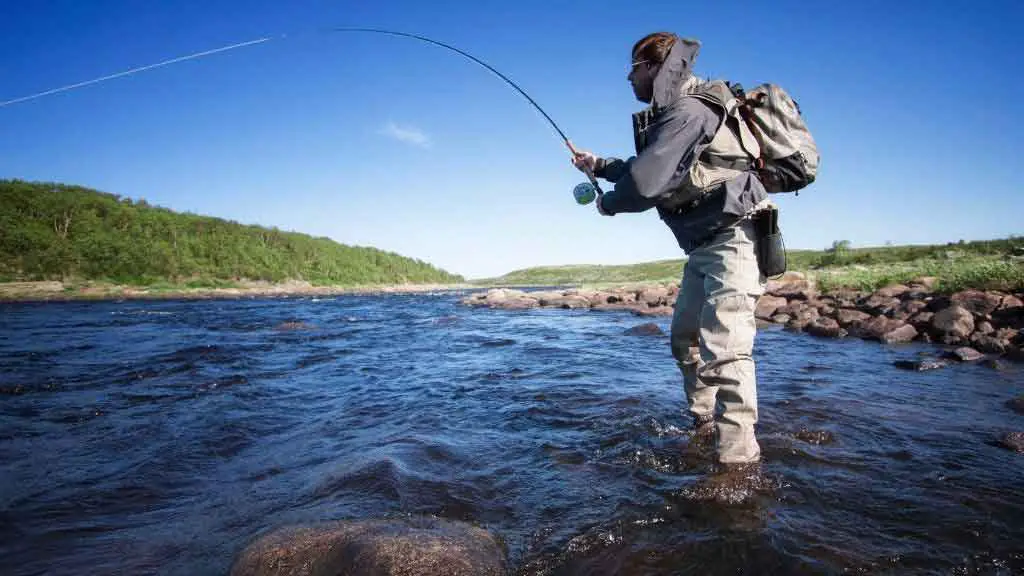
Which of the following best defines sustainable fishing practices?
Options
A) Those harvesting processes which increase the maximum yields and profits.
B) Those harvesting processes which increase the yield for each fisherman
C) Those harvesting processes that don’t force reduction for future harvests potential
D) Those harvesting processes that cause reduction for future harvests potential
The answer to which of the following best defines sustainable fishing practices is:
C) Those harvesting processes that don’t force reduction for future harvests potential
What are some sustainable fishing policies?
Several sustainable fishing policies have been drafted by the UN. Some of the most popular and beneficial ones are specified below.
- Fishing must be done using non-destructive methods. So, it does not harm the habitat of different fish species. Preventing the destruction of habitat can cause the fish’s population to rise, which is beneficial for fisheries and locals.
- Avoid/No illegal fishing. Illegal fishing is prohibited as this reduces bycatch and keeps the fish population in check.
- Unreported and unregulated fishing practices are not allowed. All these practices consist of destructive methods and are linked with overfishing.
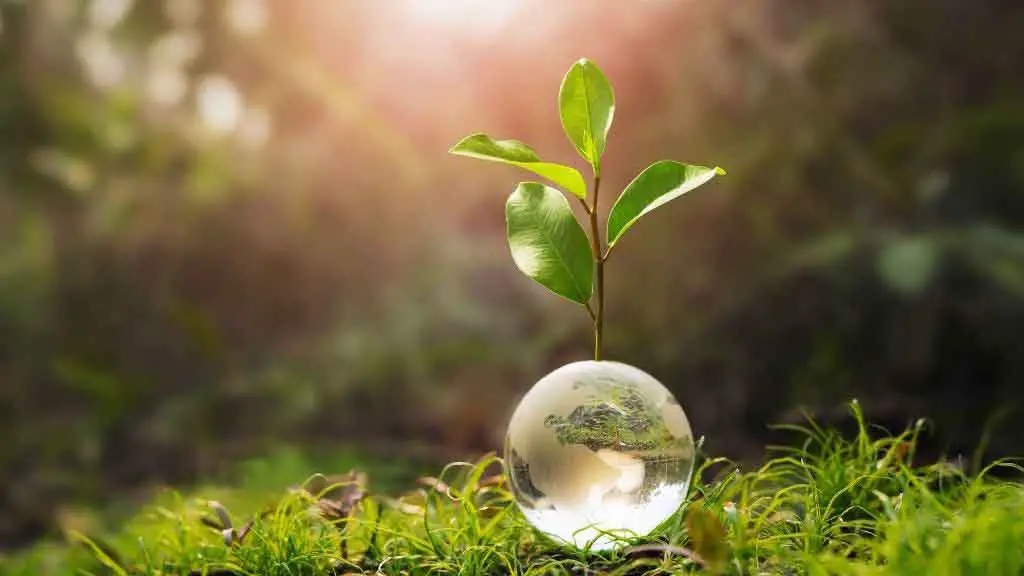
Impact of commercial fishing on the ecosystem
Commercial fishing leads to an overall degraded ecosystem. All of this is because industries do not follow sustainable fishing methods, which results in overfishing. When industries catch too many fishes at an instance, the number of fishes decreases which causes a disturbing food chain.
Because of overfishing, other species that live on other fishes, such as sharks, and aquatic turtles do not get enough food, and thus their population also continues to decline.
Importance of sustainable fishing
Sustainable fishing can inhibit:
- Overfishing.
- Illegal fishing.
- Destructive fishing practices, such as blast fishing, ghost fishing, bottom trawling, and more.
- As overfishing and destructive fishing practices are limited through sustainable fishing methods, fewer bycatches occur, which leads to a healthy and diverse marine ecosystem.
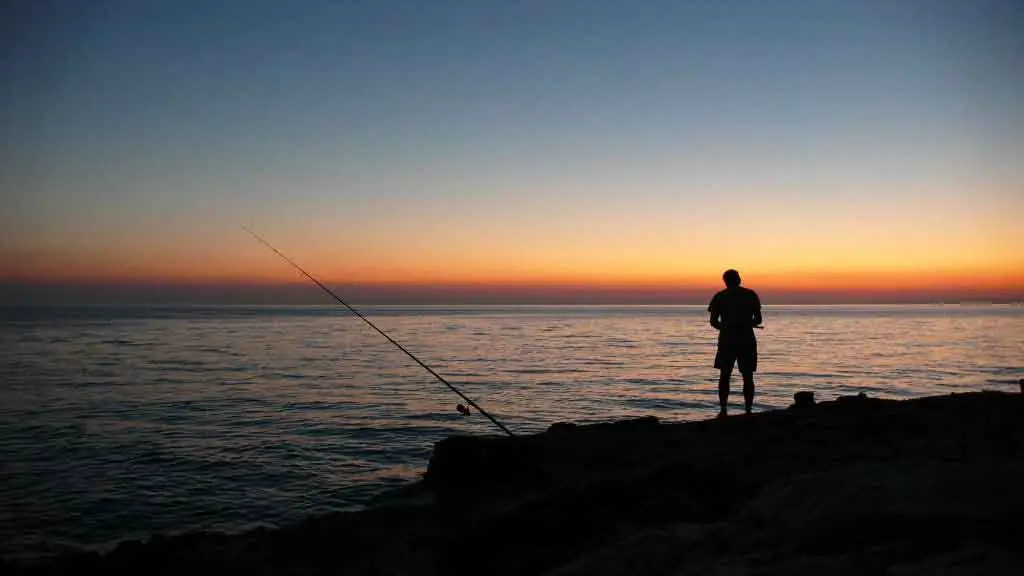
6 sustainable fishing practices which can save oceans
Below specified are the six sustainable fishing practices that can save oceans. These practices perfectly answer the question; which of the following best defines sustainable fishing practices.
1. Hook and line fishing
Hook and Line fishing refers to catching fish with a single line using c-hooks. This method limits the bycatch and maintains a rich biota in the marine. However, this method is time-consuming, and you cannot catch much fish in a single instant.
2. Trawling
Trawling refers to catching small-sized fish or shrimps using a net. The net is attached to the end of the boat and then submerged into the water. The net is dragged through the water when the boat moves. The trawl net is designed to only catch small fishes and has a device that prevents the bycatch and large fishes.
3. Spearfishing
With spearfishing, you can clearly see what type of fish are currently under the sea, which prevents bycatch. The method includes spearing the fish you need to catch by throwing a spear by hand or firing it with a speargun. As you can only fire or throw a single spear at a time, it reduces overfishing.
The downside of this method is that you can only catch significantly bigger fish, and it is time-consuming.
4. Trolling
Trolling is different from Trawling. In trolling, fish are caught using multiple lines and hooks that are dragged through the boat while in trawling, we use a net. However, trolling reduces bycatch as only quick fishes, go after the baited hooks.
5. Pot fishing
Pot fishing refers to catching fish using stationary nets. The nets are designed to catch significantly bigger fish, while small fish can comfortably escape from the nets.
6. Purse seining
It is similar to trawling. However, the net is not dragged underwater. Moreover, this sustainable fishing method is efficient for fish that swim alone in a shoal as this reduces bycatch.
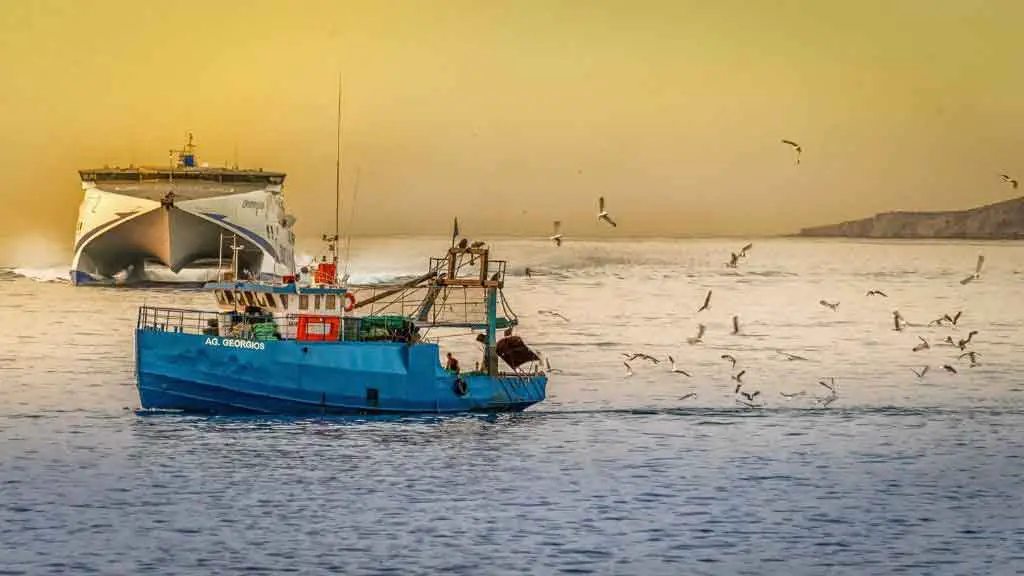
Who determines what fishing practices are sustainable?
Globally speaking fishing practices are defined as sustainable by United Nations. United Nations has a code of conduct that states some rules, regulations, and fishing practices, for if you follow them, you would be complying with the sustainable fishing methods.
All the rules and regulations are stated by the UN. However, each country has its fishery alliance or form of government that makes sure that fisheries tend to follow the rules and regulations stated by the UN.
For example, if you are wondering which of the following best defines sustainable fishing practices in the USA, then the answer is NOAA.
Is sustainable fishing sustainable?
Yes, sustainable fishing is sustainable and protects marine life and does not comprise the future harvests for the future generation.
Why is fishing sustainable?
Although fishing in a moderate amount can balance the ecosystem, overfishing can ruin it. Therefore, we can say that fishing when done with sustainable methods, such as avoiding overfishing is sustainable.
Are any fish sustainable?
Yes, there are a couple of wild-caught and farmed fish that are sustainable or eco-friendly to eat. Some of them include:
- European hake
- Abalone
- Arctic char
- Pacific salmon
- Barramundi
How do I know if my fish is sustainable?
- Check the authorized sustainable markings by the governing bodies that oversee the sustainable fishing practices, such as MSC.
- Look at the company and google it to know whether the company focuses on sustainable seafood or not.
- Compare nutritional values and look at the nutritional chart, which is at the back of a product. If there are too many preservatives, it might not be a sustainable fish.
Which fish are not sustainable?
- Atlantic Salmon
- Monkfish
- Orange Roughy
- Spanish Mackerel
What fish is the least sustainable?
Chilean Seabass is the least sustainable fish.
Which fish is worst for the environment?
Codfish is the worst for the environment.
Final Words
If you love fishing, please ensure to follow some of the sustainable fishing methods as it saves both our environment and results in a healthy aquatic life. Moreover, make sure to always buy sustainable seafood to avoid health problems.
